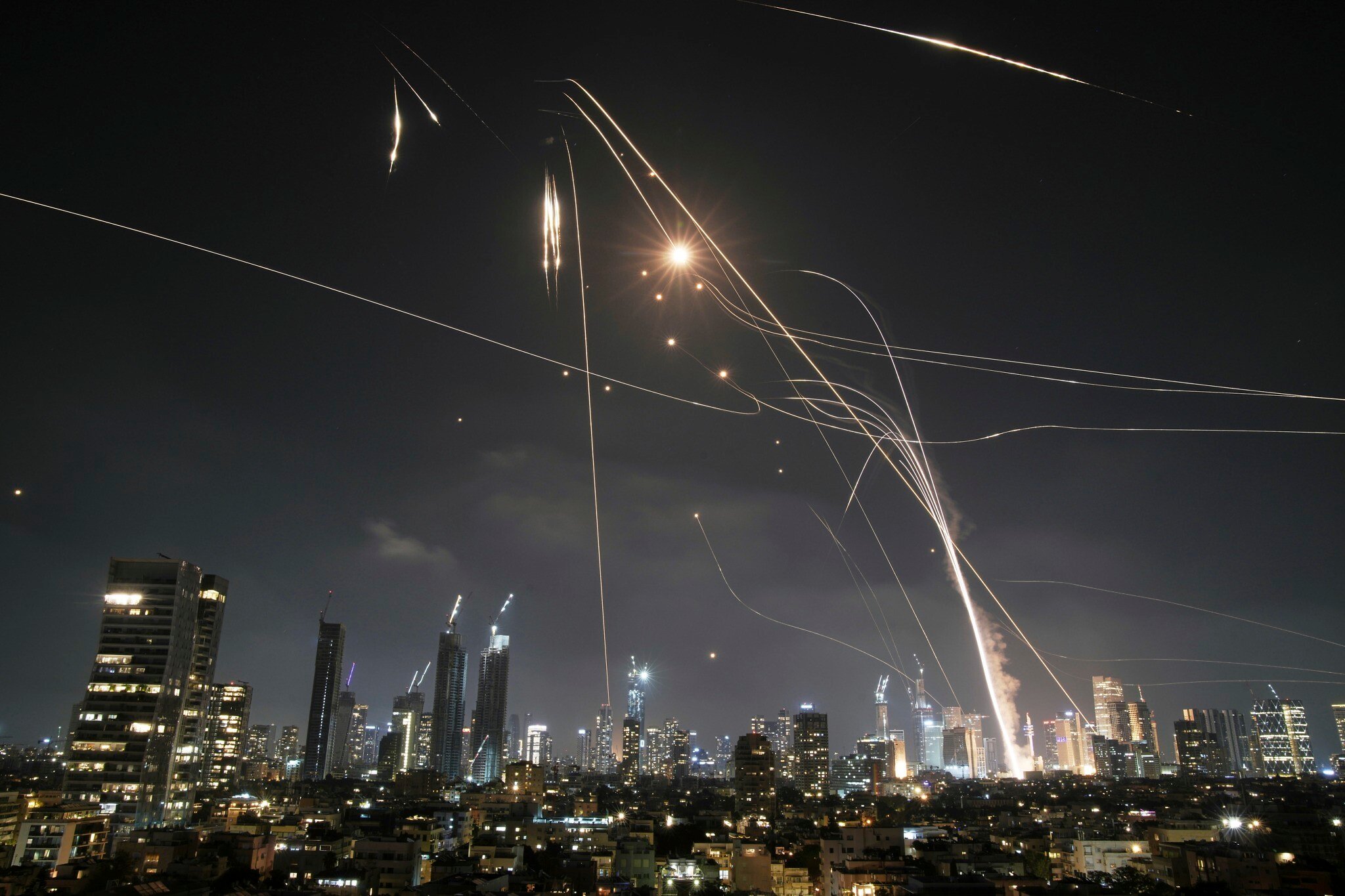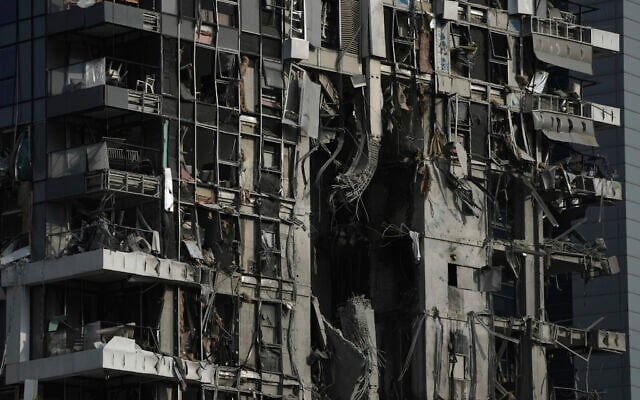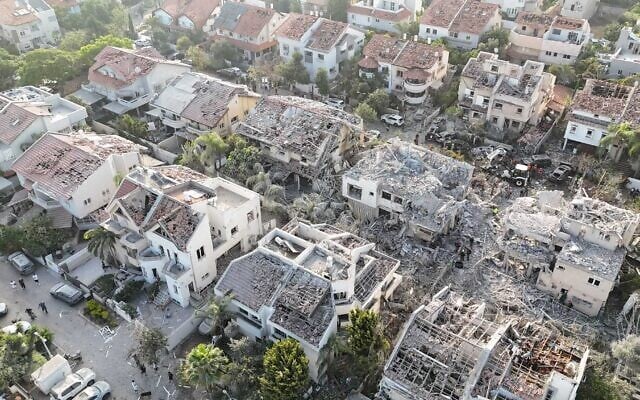



Iran has fired some 280 ballistic missiles at Israel in several barrages since the Israel Defense Forces began its operation against the Islamic Republic’s nuclear program early Friday morning, according to updated statistics provided by the military on Sunday.
Most of the missiles were intercepted by air defenses at interception rates similar to those in Iran’s April and October 2024 attacks on Israel, the IDF said.
The military said that dozens of missiles were not intercepted “according to protocol,” allowing them to strike open areas without causing damage to any critical infrastructure. This is to conserve interceptors for missiles that are expected to cause harm.
Several missiles, though, have “breached” air defenses, according to the IDF, striking residential areas in Tel Aviv, Ramat Gan, Rishon Lezion, Bat Yam and Rehovot in central Israel, and Haifa and Tamra in the north, causing casualties and damage.
The military has routinely emphasized that, as good as Israel’s multilayered air defenses are, they are not hermetic. It has urged Israelis to heed Home Front Command instructions to take shelter in safe rooms and bomb shelters when incoming missile warnings are received.
In all, at least 13 people have been killed and hundreds have been wounded in missile impacts. All of those killed and seriously wounded were not in bomb shelters, according to the Home Front Command.
The scenes of devastation at the sites of impact are largely attributed to the large explosive warheads that the missiles carry. The military estimates that Iran’s ballistic missiles have a 500-kilogram (1,100-lb) warhead, the same kind it fired at Israel in April and October 2024. The Iran-backed Houthis, who have been firing Iranian missiles at Israel for months, generally use smaller warheads to enable their missiles to reach Israel.
Contrary to claims by Iran, Israeli military officials said the missiles launched at Israel by Iran are not maneuverable.
The Iranian Fars news agency claimed on Sunday that Israel was hit by the “Haj Qassem guided ballistic missile,” which Iran unveiled in May and said was equipped with a maneuverable warhead.
According to IDF officials, the missiles launched by Iran in the past two days have been similar to those fired at Israel in April and October 2024. The military has previously said that Iran does not possess “hypersonic missiles,” and the missiles launched at the country are not maneuverable.
However, unlike in the Iranian attacks in 2024, which mostly targeted the Nevatim Airbase in the Negev desert — a sparsely populated area — the latest barrages have focused on the Gush Dan area in central Israel, and to a lesser degree, the Haifa area in the north, which are far more densely populated. This means that the few missiles that are not intercepted are likely to cause harm.
A military official told The Times of Israel on Sunday that Iran’s missiles are “not something we don’t know how to intercept,” but some impacts were still expected.
The military has also said that all of its bases, including air bases, were operating as usual with no harm to their functionality.
The IDF said Sunday that so far, Iran’s attacks were below the “reference scenario,” or what the IDF had anticipated in a war with Iran. The military had estimated far larger numbers of casualties and more significant damage.
Iran is still believed to possess thousands of ballistic missiles.
Dozens of drones launched from Iran have also been shot down by the Israeli Air Force and Navy since Friday, nearly all of them before reaching the country’s borders, the IDF has said.
American air defense systems and a US Navy destroyer helped Israel shoot down incoming ballistic missiles on Friday, US officials said.
The US has THAAD (Terminal High Altitude Air Defense) systems deployed in Israel, which are capable of intercepting ballistic missiles. A US Navy destroyer in the eastern Mediterranean Sea also shot down Iranian missiles heading toward Israel, one official said.
However, aside from the US, Israel’s allies in the region are not capable of shooting down ballistic missiles, which have a short flight time of around 10 minutes and are challenging to intercept, requiring advanced air defense systems like Israel’s Arrow or the US’s THAAD.
Jordan’s state media said Friday that it intercepted a number of drones that entered the country’s airspace.
Drones launched from Iran have a flight time of multiple hours to reach Israel, and need to first cross countries such as Iraq, Syria, Jordan, or Saudi Arabia, where they can be shot down either by Israel or its allies.



